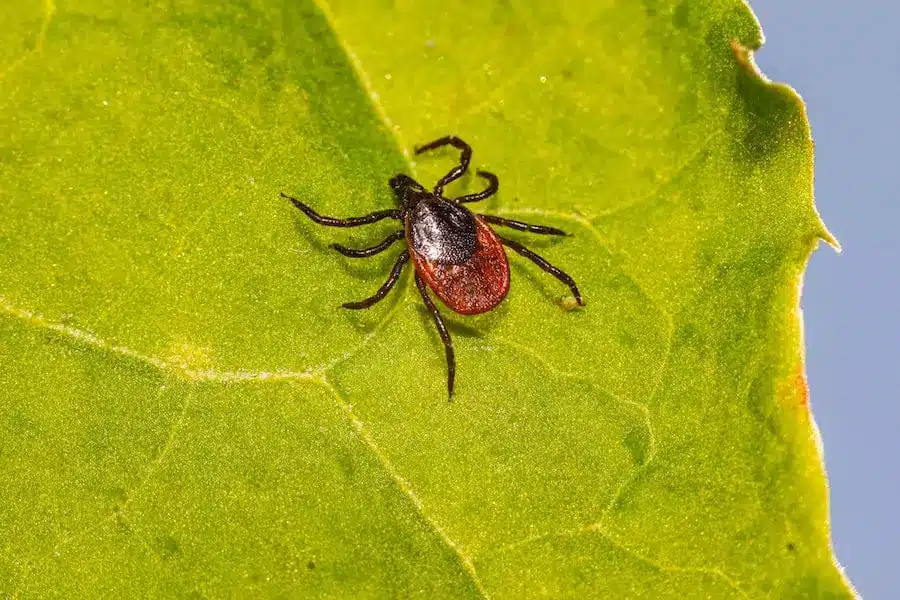
When attempting to raise a healthy flock or herd of animals, ensuring the health of your crops is equally as important if you grow your own food. However, there are a variety of diseases that can affect crops and make them inedible, which can also damage the health of your animals if consumed. Learn about the different signs of crop disease, as well as how to prevent various diseases, in order to keep your animals safe.
What Is Crop Disease?
Contrary to somewhat popular belief, animals are not the only living things that can contract disease. Crop disease comes in two forms: abiotic and biotic. An abiotic crop disease is a non-infectious disease, whereas a biotic crop disease is an infectious disease. Crop disease can infiltrate a plant through bacteria, viruses, fungi, nematodes, and parasitic plants, causing major damage to the crop and surrounding area. Crop disease via bacterial infection is the most common type.
Why Is Crop Disease Bad?
Crop disease roughly destroys one-third of crops on a yearly basis, which can have both an economic and humanitarian impact. From impacting the ability for plants to be consumed to the ability of plants to reproduce, crop disease can have a devastating effect on the long-term plant ecosystem in a particular area. This is why learning the common signs of crop disease and preventing that disease in the future is so important.
Common Signs Of Crop Disease
Depending on the type of crop disease a plant has contracted, there are a number of different signs that a person may notice. Most importantly, however, keep an eye out for some of the following:
- Unexplainable leaf spots
- Rot
- Leaf ulcers
- Wars appearing on leaves
- Leaf rust which is most common on cord
- White mold
- Powdery mildew
- The yellowing of leaves at the improper time
- Birds-eye spots appearing on crops such as berries
- Unexplainable ooze coming off of plants
- Lesions that appear to be water-soaked
- Leaf spots that have a yellow halo
All of the above are just a small sample of the signs that you may have a diseased crop on your hands. Immediately take action if you notice these signs to isolate the problem so that other crops are not affected.
Tips For Preventing Crop Disease
While crop disease is an unfortunate occurrence, there are a number of ways to prevent crop disease in the future. Beyond just using nutrient-rich agri products for healthy crops, use the following five tips to help prevent disease:
Use disease-resistant varieties
Certain crops are naturally resistant to certain types of diseases, but they may be more expensive than other alternatives. However, the long-term cost of having to start over with a batch of crops that became infected can be a large motivator in terms of investing in crops that are disease resistant.
Maintain the health of your plants
While it may seem like a simple tip, maintain the health of your plants in accordance with what each crop is can help prevent crop disease. Ensure each crop gets adequate exposure to light and the nutrients they need to stay strong in order to fight off any potential diseases that they may develop.
Choose the right crops based on your location
Planting crops that aren’t meant for the area in which your farm is located is a quick way to accidentally cause disease amongst the crops. It’s well documented that certain crops thrive in certain areas, whereas crops not meant for a certain climate can have problems growing and be more prone to disease.
Purchase high quality plants and seeds
Similar to using disease-resistant variants of plants, you should always be investing in the best plants and seeds on the market. Cutting corners may save you money in the short-term, but the cost and long-term headache of disease-riddled plants may make you soon regret your choice.
Don’t overcrowd your crops
When crops are overcrowded, they need to compete more for light and tend to jostle for space to get moisture and nutrients. This can lead to some plants becoming weaker and developing a crop disease that can spread to other plants. Leave your crops plenty of room to avoid this.
The Bottom Line
As a farmer, ensuring the health of your crops is perhaps your most important duty. To that end, learning the signs of crop disease can help any farmer identify the problem earlier on in order to solve it before it becomes worse. Don’t ignore the common signs that your crops may be in danger or you may start to have a larger problem developing on your hands.








